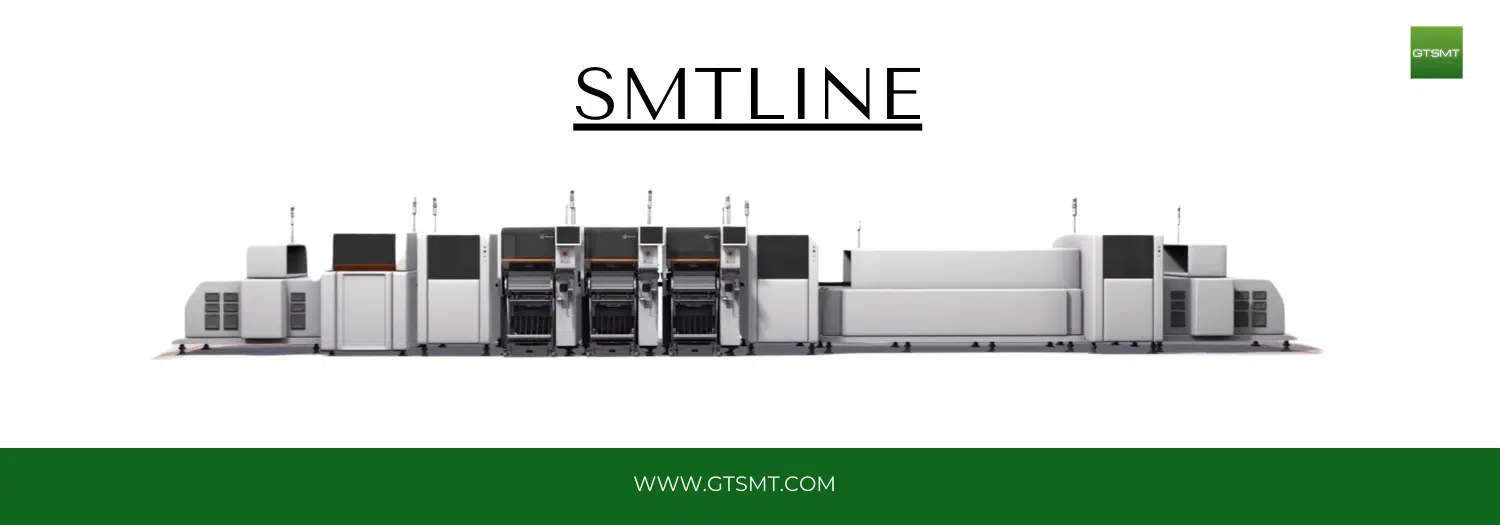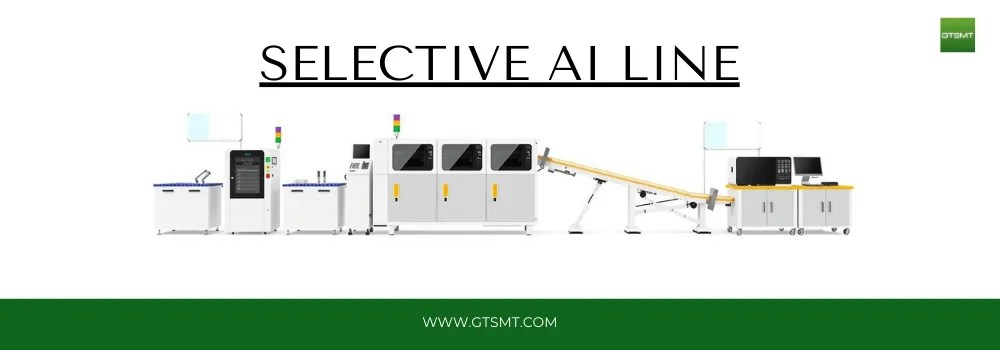LED Lens Assembly Line
Led Lens assembly Line is used for the placement of led lens or led chips on the surface of pcb board.LED Lens Assembly Line is essential for affixing LED lenses or LED chips onto PCB boards. To operate this assembly line effectively, various types of glue are required. For UV Curing Glue, curing is accomplished using a UV oven, while Epoxy Resin can be cured using a lead-free reflow oven machine.
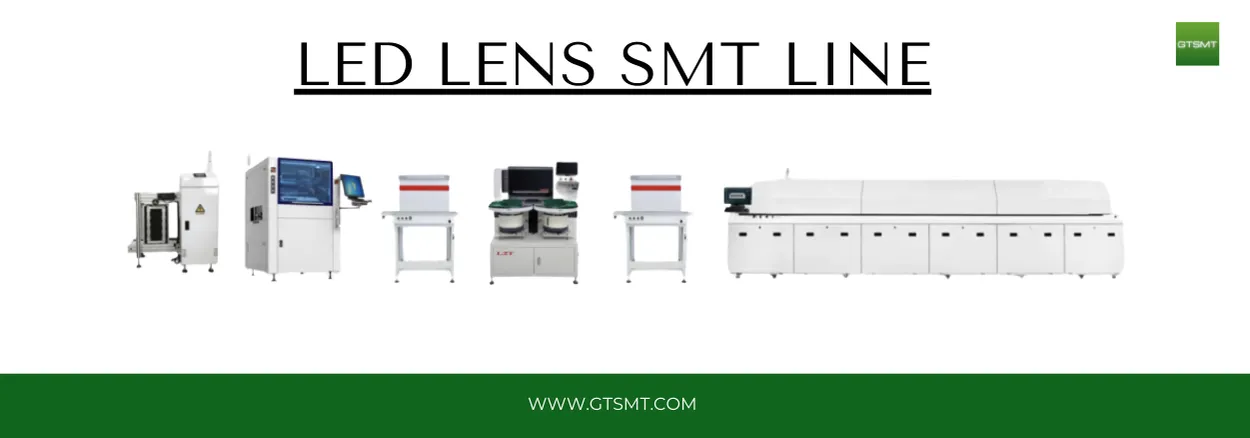
Equipment Required For Led Lens Assembly line
Understanding LED Lenses
LED lenses have become a crucial component in the lighting industry, serving to enhance the performance of light-emitting diodes (LEDs). This article delves into the various types of LED lenses, the necessary equipment for their assembly, the adhesives used, and the costs associated with setting up a lens assembly operation. Furthermore, we will discuss how to start your own assembly of LED lenses, including workspace requirements and common challenges faced.
What is an LED Lens?
Definition and Importance
An LED lens is a transparent optical device designed to refract and direct light emitted from an LED source. The primary function of an LED lens is to optimize the light output by controlling its distribution, intensity, and angle. This is vital in applications where light needs to be focused in a particular direction or spread over a wide area, such as in street lighting, automotive lighting, and architectural designs.
The importance of LED lenses extends beyond just light distribution; they also play a significant role in improving energy efficiency and prolonging the lifespan of LED products. By effectively managing light output, lenses can minimize wasted light and reduce the overall energy consumption of lighting systems.
Types of LED Lenses
There are several types of LED lenses, each designed for specific applications and light distribution patterns. Common types include:
- Optical Lenses: These lenses are used to collimate or focus light, enhancing visibility and brightness.
- Fresnel Lenses: These lightweight lenses are designed to spread light over a larger area, commonly used in floodlights.
- Aspheric Lenses: These lenses provide a more uniform light distribution by reducing spherical aberrations.
- Reflectors: While not traditional lenses, reflectors redirect light in desired directions and are often used alongside lenses.
Applications of LED Lenses
LED lenses find applications in various industries, including residential, commercial, and automotive lighting. In commercial settings, they are commonly used in track lighting and recessed fixtures, where precise light direction is essential. In automotive lighting, LED lenses are integral to headlights and taillights, enhancing visibility and safety on the road.
Additionally, LED lenses are utilized in medical lighting, stage and studio lighting, and in creating decorative lighting effects. With advancements in technology, the versatility of LED lenses continues to expand, enabling innovative designs and improved energy efficiency across different applications.
Equipment Required for LED Lens Assembly
Essential Tools
Setting up an LED lens assembly operation requires various tools for efficient production. Some of the essential tools include:
- Laser Cutting Machines: For precise cutting of lens materials.
- Molding Machines: Used to shape and form the lenses.
- Grinding and Polishing Equipment: Essential for finishing lenses and achieving clarity.
- Assembly Fixtures: To hold components in place during assembly.
Safety Gear
Safety is paramount in any assembly operation. Workers should be equipped with safety gear such as gloves, goggles, and face shields to protect against potential hazards. Additionally, hearing protection may be necessary when operating loud machinery.
Workspace Setup
The workspace for LED lens assembly should be organized and efficient. It is crucial to have designated areas for cutting, molding, assembly, and packaging. Adequate ventilation is also necessary, particularly if chemicals or adhesives are used during the assembly process.
Glue Types for Curing LED Lenses
Epoxy Adhesives
Epoxy adhesives are widely used in the assembly of LED lenses due to their strong bonding capabilities and resistance to environmental factors. They typically consist of a resin and a hardener, which, when mixed, undergo a chemical reaction that provides a durable bond. Epoxy adhesives can withstand high temperatures and are ideal for applications where the lens may be subjected to varying environmental conditions.
Silicone Adhesives
Silicone adhesives offer flexibility and excellent adhesion properties, making them suitable for applications where movement or thermal expansion may occur. These adhesives are resistant to moisture and UV light, which is advantageous in outdoor applications. Additionally, silicone can fill gaps effectively, providing a seal that protects internal components from dust and moisture.
UV-Curing Adhesives
UV-curing adhesives are another option for LED lens assembly. These adhesives cure quickly when exposed to ultraviolet light, allowing for faster production times. They provide strong bonds and are ideal for processes where speed is crucial without compromising quality. The use of UV adhesives is becoming increasingly popular in the assembly of optical components, including LED lenses.
List of Equipment Required
PCB Loader

PCB Conveyor

Glue Dispenser Machine

Led Lens Placement Machine

Reflow Oven

Cost of Setting Up LED Lens Assembly
Initial Investment Overview
The initial investment for setting up an LED lens assembly operation can vary significantly based on the scale of production and the technology used. Key costs include purchasing machinery, tools, and raw materials. For small to medium-sized operations, an initial investment may range from $10,000 to $100,000. Larger-scale operations could require investments in the hundreds of thousands of dollars.
Ongoing Costs
Beyond the initial setup, ongoing costs must be considered. These include maintenance of equipment, labor costs, and the purchase of raw materials and adhesives. Additionally, costs may arise from utility expenses and compliance with safety regulations. Understanding these ongoing costs is crucial for financial planning and sustainability of the operation.
Potential Return on Investment
With the growing demand for energy-efficient lighting solutions, investing in LED lens assembly can yield a considerable return on investment. As more industries shift towards LED technology, businesses involved in producing LED lenses may benefit from increased orders and market expansion. The ROI can be influenced by factors such as production efficiency, quality of the product, and market competition.
Required Space for LED Lens Assembly
Minimum Space Requirements
Determining the space requirements for an LED lens assembly operation depends largely on the scale of production and the type of equipment used. At a minimum, a small workshop can function effectively in a space of approximately 500 square feet. However, this space should allow for designated areas for machinery, assembly, and storage of raw materials.
Ideal Workspace Layout
An ideal workspace layout should promote efficiency and safety. The workspace should be organized to minimize the movement of materials and personnel. A good layout typically includes a sequence of operations from receiving materials to cutting, molding, assembling, and finally packaging the finished lenses. Additionally, dedicated areas for quality control and maintenance should also be incorporated into the design to ensure that every product meets the required standards.
Starting Your Own Assembly of LED Lenses
Steps to Get Started
Starting your own assembly of LED lenses involves several key steps. First, conduct thorough market research to identify potential customers and competitors. Understanding the market landscape will help in developing a solid business plan. Next, acquire the necessary equipment and tools. This may involve purchasing new or used machinery, as well as sourcing quality lens materials.
Once the equipment is in place, it’s important to establish a workflow that maximizes productivity. Training staff on safety protocols and operational procedures is also essential to ensure a smooth and efficient assembly process. Additionally, consider building relationships with suppliers for consistent material sourcing and exploring marketing strategies to expand your customer base.
Tips for Success
Success in the LED lens assembly business requires a focus on quality and efficiency. Implementing stringent quality control measures is crucial to maintaining high product standards. Additionally, embracing technology, such as automation and advanced software for inventory management, can enhance productivity and reduce costs.
Networking with industry professionals and participating in relevant trade shows can also provide valuable insights and opportunities for collaboration. Staying informed about the latest trends and advancements in LED technology will position your business favorably in a competitive market.
Common Challenges and Solutions
Starting and running an LED lens assembly operation may come with its challenges. One common issue is managing production costs while maintaining quality. To address this, implement lean manufacturing principles to minimize waste and optimize resource usage. Regularly review and adjust processes to identify areas for improvement.
Another challenge may be keeping up with rapid technological advancements. Staying adaptable and open to change is key. This could involve investing in training for your workforce to ensure they are proficient in the latest techniques and technologies related to LED lens assembly.
FAQs
What materials are used to make LED lenses?
LED lenses are typically made from optical-grade plastics such as polycarbonate or acrylic. These materials are chosen for their clarity, durability, and ability to withstand environmental factors.
How do LED lenses improve lighting efficiency?
By directing and focusing light emitted by LEDs, lenses reduce light wastage and improve the overall intensity and uniformity of illumination, leading to better lighting efficiency.
Can I use regular adhesives for LED lens assembly?
While some regular adhesives may work, it is advisable to use specialized adhesives designed for optical applications to ensure strong bonding and resistance to environmental factors.
What should I consider when choosing an LED lens?
Consider the application requirements, such as the desired light distribution pattern, the operating environment, and the compatibility of the lens material with the LED light source.
Is it feasible to start a small LED lens assembly business at home?
Yes, starting a small LED lens assembly business at home can be feasible, provided you have adequate space for equipment and materials, and comply with local regulations related to home-based businesses.
Conclusion
In summary, LED lenses are essential components that enhance the performance of LED technology across various applications. Understanding the different types of lenses, the equipment required for assembly, and the adhesives used is critical for anyone looking to enter this field. By carefully considering costs, workspace, and operational strategies, individuals can successfully start their own LED lens assembly business. As the demand for energy-efficient lighting solutions continues to grow, the potential for success in this industry remains high.

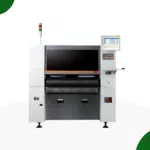 Pick and Place
Pick and Place
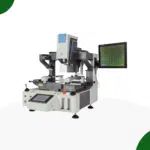 Rework Station
Rework Station
 Solder Paste Printers
Solder Paste Printers
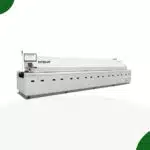 Reflow Ovens
Reflow Ovens
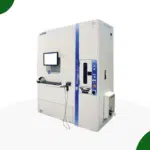 Reel Storage System
Reel Storage System
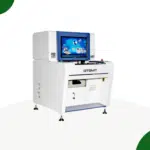 AOI & SPI INSPECTION
AOI & SPI INSPECTION
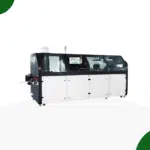 Soldering Machines
Soldering Machines
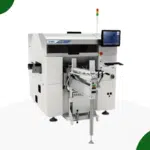 Insertion Machine
Insertion Machine
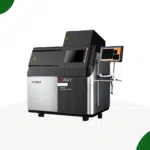 X-ray inspection
X-ray inspection
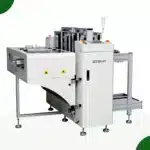 PCB Handeling
PCB Handeling
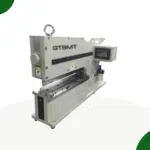 Depaneling Machine
Depaneling Machine
